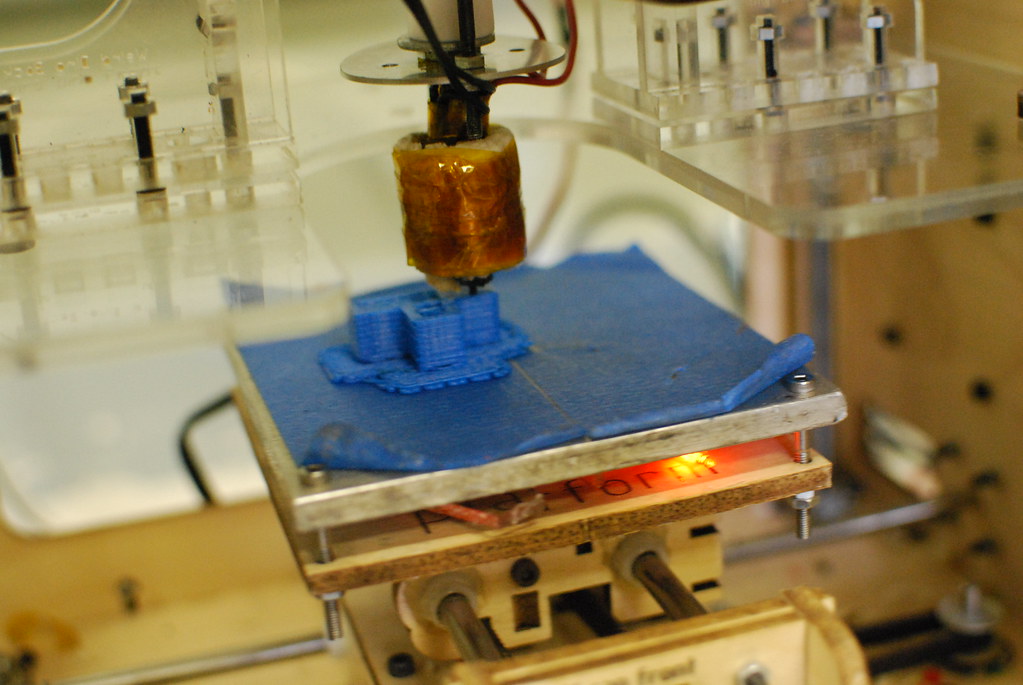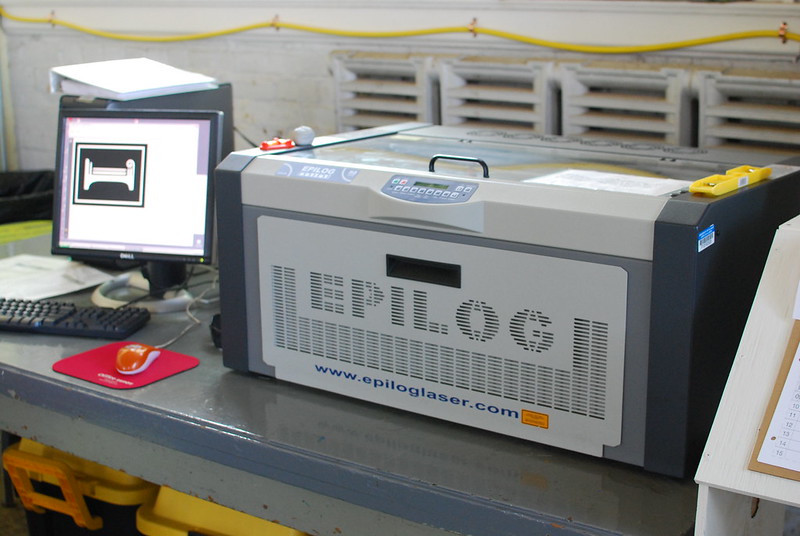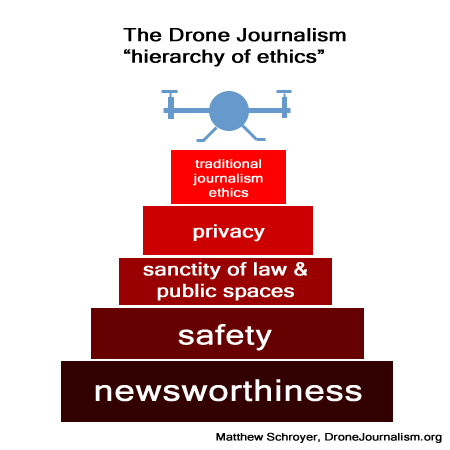
The idea of using homebrew drones for independent journalism is picking up steam globally. I just got a digital copy of a story from Aug-Sept issue of seLecT (http://www.select.art.br), the Brazilian art & design magazine, about that same topic. It features interviews with the Occucopter developer Tim Pool, Nebraska Drone Journalism Lab professor Matt Waite, and myself. You can click on the photos to enlarge the text, but it's in Portuguese, so I've included a quick Google translation below:

AT THE END OF 2011, A JOURNALIST OF 25 YEARS HAS BECOME THE SPOKESMAN OF ONE OF THE MORE RECENT EVENTS DISSATISFACTION WITH THE WORLD ECONOMIC CRISIS. Armed with a backpack with solar batteries capable of supplying your phone, Tim traveled the Square Pool Zucotti with watchful eyes and wait to record the voltage potential of the environment. Occupy The Wall Street had begun in September and dragged by the month of November, when the winter began to condense on the streets of New York. The idea of solar batteries in the backpack allowed Pool broadcast live via cell phone news channel free online Ustream for more than 20 hours per day. The images were relayed by Reuteurs, Al-Jazeera and the NBC, and he became a world celebrity.
The newest venture from Tim Pool could well have come out of a James Bond film and stands as one of the pioneers to practice journalism Drone. Any vehicle operated remotely, for example, airplanes and helicopters used in model aircraft, can be defined as a drone. Recently, Pool, along with his partner Sam Shapiro, coupled to a Parrot AR Drone - a kind of helicopter with four propellers - a camera that transmits images and aerial information in real time.
... "The Occucopter allowed us access to a gray area in terms of coverage. We can do aerial images closer and act quickly in conflicts. We wanted to test the potential of this technology amid such restriction, "Pool said in an interview to select, who confessed to the drone created as a way to show the abuses committed by police during Occupy Wall Street, which was not being shown by the mainstream media .
...
"The civil aviation authorities have stated categorically that the use of drones in the media coverage is prohibited by law. By statute the Federal Aviation Administration you can not use a remote control airplane for commercial purposes (among other things). They consider journalism a commercial activity, "said Professor Matt Waite, the journalism school at the University of NebraskaLincoln and founder of Journalism Lab Drone, the first of its kind that has news at a university.
According to Waite, despite the ban on aerial drones, its growth in journalistic practices is happening because the North American authorities themselves enacted a law that will take effect from 2015, approving the use of drones type UAV-Unmanned Aerial Vehicle (Vehicle Unmanned Aerial) for commercial use.
Throughout his career, Waite dedicated to make coverage based on using remote sensing data, collected mainly by satellite. In the 2000s, he used the satellites in an investigative piece about the illegal burial of conservation areas of the Florida swamps. He believes the arrival of the drones will change the landscape of investigative journalism. "It's fun to think about how all the stories I covered as a reporter could have been much different if I had used a small UAV," reflects the teacher.
...
"I created the Society of Professional Journalists Drone because I realized that there was a need education about their ethical side. This goes from the issue of surveillance to issues of security and well-being. Some of the aerial drones can be quite heavy, and they certainly cause damage to the driver somehow lost control hundreds of feet in the air, "explained Matthew Schroyer, creator of PSDJ.
For the group, the origin of the practice has always been linked to free enterprise, and especially to activism. "The origin of Journalism Drone can be traced back to Vienna, Austria, in 2004. The System-77 Civil Counter Reconnaissance was a consortium of activists, concerned about the level of government surveillance, which launched its own robot to monitor the implementation of laws. Do not know if aerial drones have been used, but the robot was very effective to show the truth to the public, "recalls Schroyer said by e-mail to select. But for the activist, Journalism Drone really made its mark in 2011, during the occupation movements worldwide.
As Tim Pool, Schroyer works in a series of models that involve activities such as hacktivism, and despite the concern with the "for worse" these tools, he believed the journalism Drone will become a business of the future. "Television stations will look at the drones as substitutes for the helicopter, and sports channels will use them to improve the sports coverage. But the true vocation of journalism in newsrooms drone is nonprofit and independent journalists, because they have more freedom and incentive to take risks and innovate, "he concludes.

Many of us recreational, semi-pro, and pro RPAS operators here on DIYDrones.com are fortunate enough to have had great dialogue with the public, sometimes even taking time off from our normal schedules or responsibilities to show others the wonders of robotic flight. Still, we are all to familiar with those few stories where the public has become confrontational with civilian and commercial drone operators.








